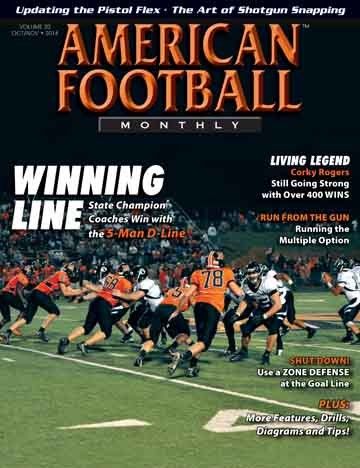Article CategoriesAFM Magazine
|
Shotgun Snapping in a Run-First Offense - Teaching proper techniques and practicing as many reps as possible will improve the performance of your shotgun snapper.by: Jeff DiSandroAssistant Head Coach, Greenville College © More from this issue Shotgun and pistol snapping have become more commonplace in today’s game. It is also common for some high school and college teams to operate out of the shotgun for the majority of their offensive snaps. We are a run heavy team (75 %/25 %) and we operate out of the shotgun nearly 100% of the time.
|
|
|||||||
| HOME |
MAGAZINE |
SUBSCRIBE | ONLINE COLUMNISTS | COACHING VIDEOS |
Copyright 2025, AmericanFootballMonthly.com
All Rights Reserved





